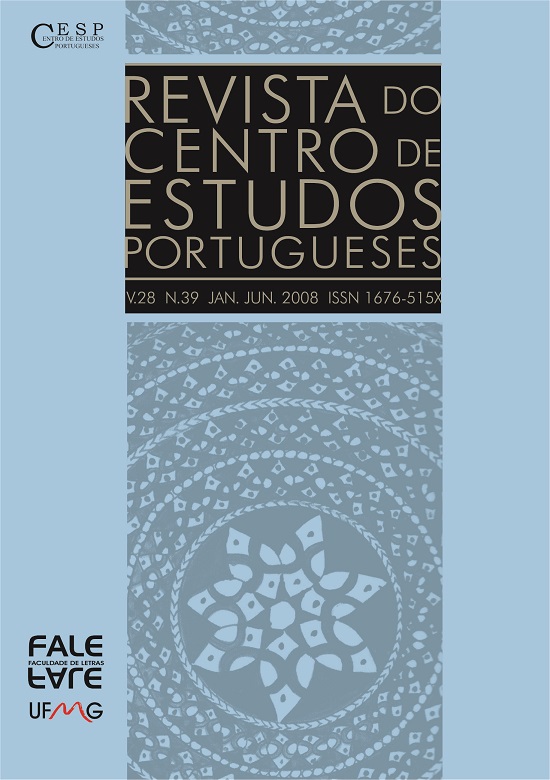A casa (entre)aberta
DOI:
https://doi.org/10.17851/2359-0076.28.39.25-44Resumo
Este artigo pretende perceber as representações possíveis que se podem encontrar da obra de Gilberto Freyre, Sobrados e Mucambos, em Crônica da Casa Assassinada, de Lúcio Cardoso, uma vez que ambas abordam o mesmo viés: a decadência do sistema patriarcal e a conseqüente ascensão do urbano, datados do início do século XIX. A narrativa de Gilberto Freyre é um recorte real da sociedade brasileira daquele período, calcada em rememorações particulares dele próprio; em Lúcio Cardoso a narrativa ficcional envolve o ambiente de uma típica família tradicional mineira que resiste às influências externas, concretizadas, especialmente, na personagem Nina; e à inevitável perda da supremacia patriarcal.
This article intends to realize the possible representations that can be found in the work of Gilberto Freyre, Sobrados e mucambos, and in Crônica da casa assassinada, of Lúcio Cardoso, once that both board the same slant: the decadence of the patriarchal system and the consequent ascent of the urbane one, when they dated from the beginning of the century XIX. The narrative of Gilberto Freyre is a real cutting out of the Brazilian society of that period, based on particular remembrances of own him; in Lúcio Cardoso to narrative ficcional wraps the environment of a typical traditional mining family that resists the extern, made real influences, specially, in the character Nina; and to the inevitable loss of the patriarchal supremacy.










